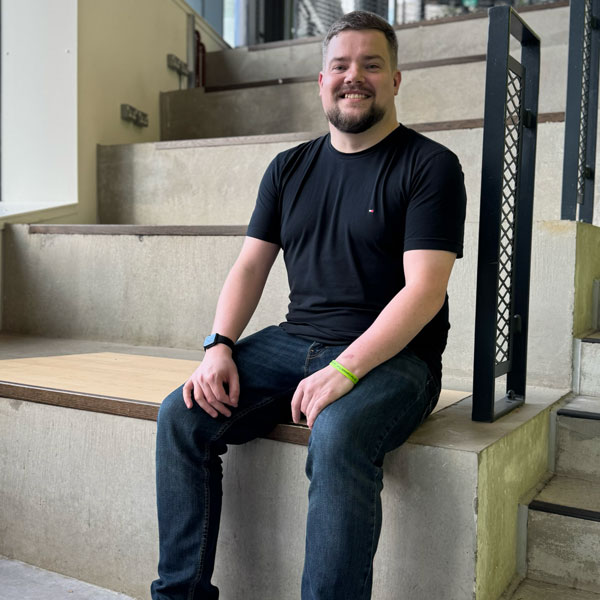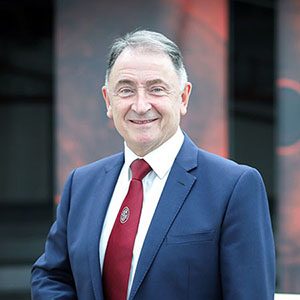
Safe360Suicide Prevention at Strathclyde
Suicide prevention is about people.
Our suicide prevention strategy is built around the wish to identify and support those individuals who are at increased risk of suicidal thoughts and behaviours.
Our aim is to promote long-term recovery for those who are experiencing suicidal thinking or have engaged in suicidal behaviours, and to provide support to those who have experienced a suicide loss.
Time Space Compassion
We use the Scottish Government’s approach of Time Space Compassion as the basis for our strategy. In short, it means we look out for each other and are connected to each other in a compassionate way. With a student and staff complement of almost 35,000, the statistics suggest that we will have members of our community who are at risk of death by suicide. We can work together to avoid that outcome.
Creating Hope Together
Our strategy also aligns with Creating Hope Together: Scotland’s Suicide Prevention Strategy 2022-2032* and is based on:
- lived and living experience
- theory and research
- subject matter expertise
- partnership working
Download the Suicide Prevention Strategy document
Suicide Prevention Strategy
Spotlight: lived & living experience
Scott
My name is Scott, and I attempted suicide on 8 February 2018. Suicide. I know how difficult that word can be for people to say and how it makes them uncomfortable. Too often, people avoid it entirely. But avoiding the word does not take away its reality; if anything, it gives it more power. This is something I'm passionate about changing.
Since my own suicide attempt, I've worked to recover, rebuild, and ultimately, to find purpose—not just for myself, but to help others who may be struggling.

In 2020, after sharing my story in a tutorial, Dr Susan Rasmussen, the chair of the Suicide Safer at Strathclyde group, reached out to thank me for sharing my experience and invited me to join the group. As soon as Susan outlined its purpose, I knew I wanted to be a part of it, not just to share my own experiences, but to help ensure that the voices of those who have struggled are heard, respected, and included in shaping meaningful change.
Lived experience is not just a story to be heard; it's a perspective that can drive real change. And ‘living’ experience matters just as much. It highlights that people are still here, still fighting, and still navigating their own journeys. Recognising both lived and living experience helps us understand what truly makes a difference, what barriers stop people from seeking help, and how we can create a culture and environment where no one feels alone in their darkest moments.
Through my own lived and living experience, I have contributed significantly to this project and, by extension, this strategy. I have shared my story to shape conversations, ensuring that the university’s approach to suicide prevention is not just policy-driven but deeply human and focused on the people it is designed to support. I have presented to different groups both within and outside the university, encouraging meaningful discussions that have led to real progress. My involvement expanded when I was invited to join the project board of the Suicide Safer group, where I had a voice in the decision-making process. I've also completed a research internship, co-hosted lived experience focus groups, led suicide awareness training, and attended external advisory group meetings, working alongside a team of individuals with vast knowledge and experience in suicide prevention. Being part of this project has given me purpose, but more importantly, it's given me hope. Hope that we are moving towards a culture where people feel able to ask for help without fear or shame. Hope that suicide will no longer be something whispered about, but something we can openly talk about with care and compassion.
Suicide is preventable, and with this strategy, Strathclyde is taking a vital step toward becoming a suicide-safer place.
Principal's Introduction
We will be bold in our approach to mental health and suicide prevention and nurture a mentally healthy and flourishing community. This vital work sits within our wider safe 360 safeguarding framework and further demonstrates our strategic commitment to being a ‘people first’ institution.
-Professor Sir Jim McDonald
